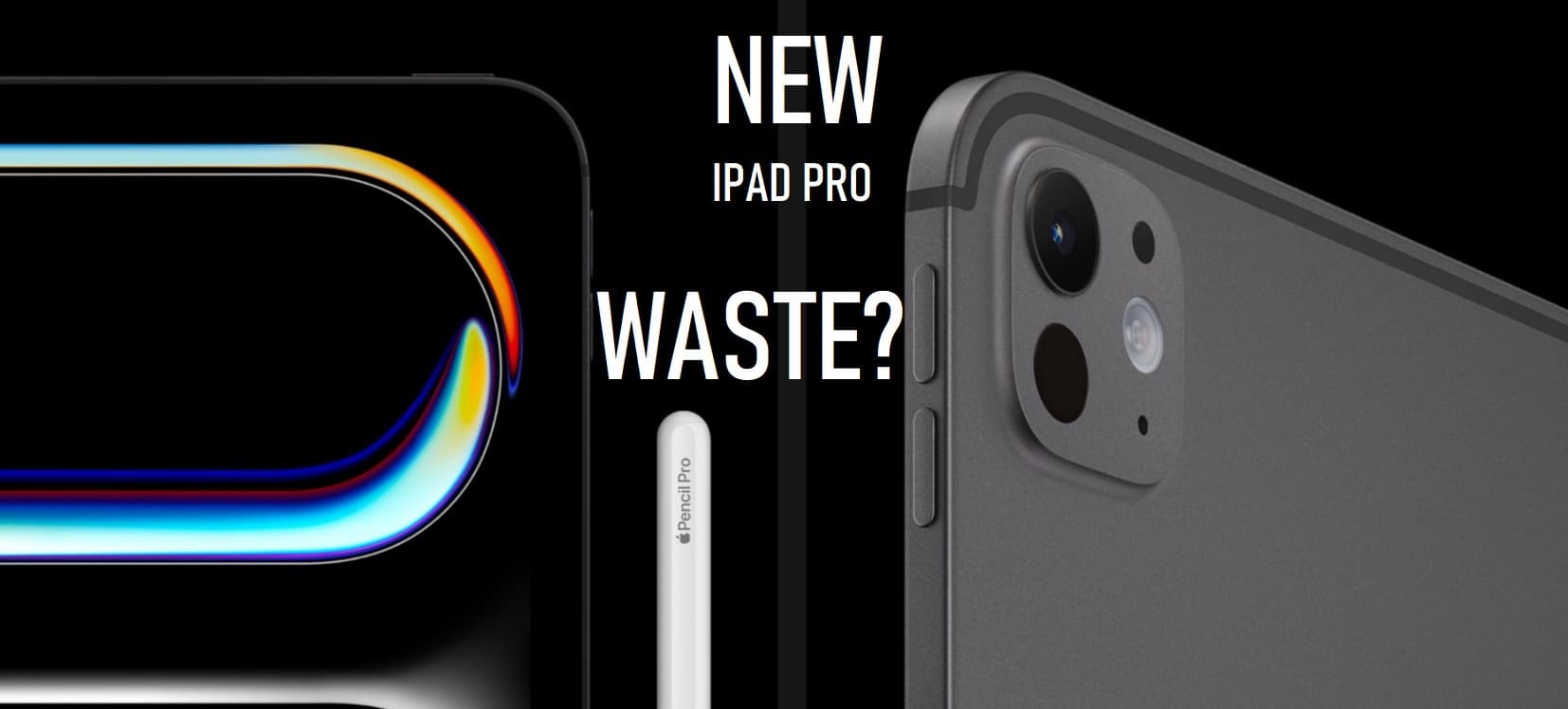Deciding between the M2 iPad Air and the M4 iPad Pro? With a price difference of around $400, it’s essential to understand what you’re getting for that extra investment. In this detailed comparison, we’ll explore ten key differences between these two tablets, helping you decide which one best fits your needs.
Key Takeaways
- Design Differences: The iPad Pro has a slimmer, more premium feel compared to the iPad Air.
- Face ID vs. Touch ID: Face ID offers a more seamless experience than Touch ID.
- Display Quality: The iPad Pro’s ProMotion and higher brightness levels provide a superior viewing experience.
- Performance: The M4 chip in the iPad Pro significantly outperforms the M2 chip in the iPad Air.
- Gaming and Graphics: The iPad Pro’s superior display and graphics capabilities make it a better choice for gamers.
1. Design: Premium Feel vs. Budget Aesthetic
The iPad Pro boasts a sleek, ultra-thin design that feels luxurious in hand. Its premium Space Black color and stylish camera bump set it apart from the iPad Air’s more basic appearance. While the iPad Pro’s design is notably more refined, it may not justify the extra $400 for everyone.
2. Face ID vs. Touch ID: Convenience Matters
Face ID on the iPad Pro is a game-changer. It offers a smoother, more secure way to unlock your device and authenticate purchases. In contrast, the iPad Air uses Touch ID, which can be less convenient, especially when using accessories like the Magic Keyboard. Face ID eliminates the awkwardness of reaching for the fingerprint sensor, making everyday tasks more straightforward.
3. Bezels: Thinner for a Modern Look
The bezels on the iPad Pro are significantly slimmer than those on the iPad Air. This design choice enhances the immersive experience, making the display seem larger and more engaging. The iPad Air’s thicker bezels are reminiscent of older, more budget-friendly models, making the Pro’s design feel more cutting-edge.
4. Refresh Rate: Smoothness of 120Hz
One of the most noticeable differences is the refresh rate. The iPad Pro features ProMotion technology, offering a 120Hz refresh rate, which makes animations and interactions buttery smooth. The iPad Air is limited to a 60Hz refresh rate, which can feel choppy in comparison. If you’re accustomed to high refresh rates on other devices, the Pro’s smoother performance will be a significant upgrade.
5. Display Brightness: Brightness for Better Visibility
When it comes to display brightness, the iPad Pro shines with up to 1,000 nits, making it much easier to use in bright environments or outdoors. The iPad Air, with its maximum of 500 nits, may struggle in direct sunlight or well-lit rooms. For users who frequently use their iPad in varied lighting conditions, the Pro’s superior brightness is a valuable feature.
6. Display Technology: Tandem OLED vs. LCD
The iPad Pro’s Tandem OLED display is a standout feature. It delivers vibrant colors, deep blacks, and high contrast that make watching videos and playing games a visual treat. In comparison, the iPad Air’s LCD screen, while functional, lacks the same level of contrast and color richness. The Tandem OLED display on the iPad Pro offers a premium viewing experience that is well worth considering if you’re a media enthusiast.
7. Performance: M4 Chip vs. M2 Chip
Under the hood, the iPad Pro’s M4 chip offers a significant performance boost over the M2 chip in the iPad Air. With improved single-core and multi-core speeds, the M4 ensures smoother performance for demanding tasks and better future-proofing. It also supports AV1 decoding, which enhances efficiency for streaming services like YouTube. If you need top-tier performance and longevity, the M4 chip is a clear winner.
8. Gaming: Enhanced Graphics and Smoothness
For gamers, the iPad Pro’s 120Hz display and powerful M4 chip offer a superior gaming experience. The higher refresh rate provides smoother gameplay, while the advanced graphics capabilities ensure that even the most demanding games run efficiently. The iPad Air, with its 60Hz display and less powerful M2 chip, may struggle to keep up with high-end gaming needs.
9. Speakers: Superior Sound Quality
The iPad Pro features four high-quality speakers, providing rich, surround sound. This setup is ideal for immersive gaming, video watching, or music listening. The iPad Air, with its less advanced speaker system, does not offer the same level of audio experience. If sound quality is a priority, the iPad Pro’s superior speakers make it the better choice.
10. Magic Keyboard Support: Enhanced Typing Experience
The iPad Pro supports the new second-generation Magic Keyboard, which includes a full function row, improved trackpad, and a more premium aluminum palm rest. This keyboard not only enhances typing comfort but also improves productivity. The iPad Air, while compatible with the older Magic Keyboard, lacks these upgrades, making the Pro’s keyboard a more appealing option for frequent typists.
Bonus Feature: Thunderbolt Support
The iPad Pro includes Thunderbolt support, allowing for faster data transfer and compatibility with a wide range of high-speed accessories, such as external SSDs and docks. This feature adds significant versatility to the iPad Pro, making it a more robust option for professional use.
Conclusion: Is the Extra $400 Worth It?
Deciding whether to spend the extra $400 for the iPad Pro comes down to your specific needs and how much you value the enhancements it offers. If you prioritize design, display quality, performance, and features like Face ID and Thunderbolt support, the iPad Pro offers a compelling upgrade. However, if your needs are more basic, the iPad Air provides excellent value for a lower price. Ultimately, consider what features matter most to you and how you plan to use your iPad to make the best decision.














